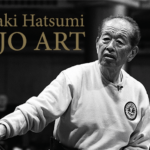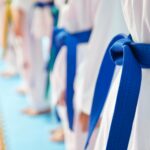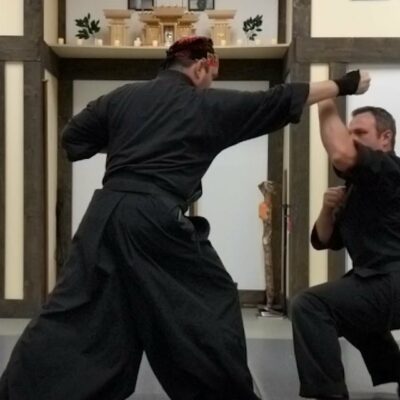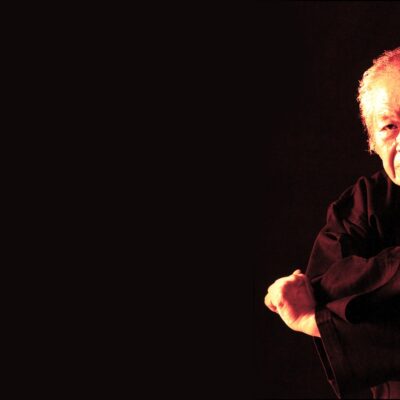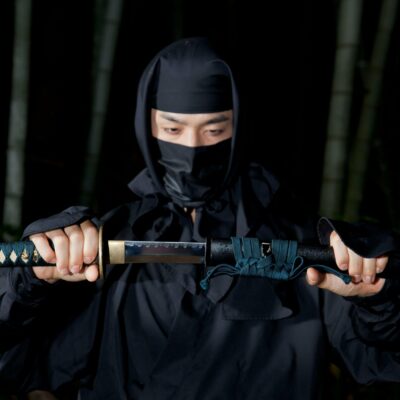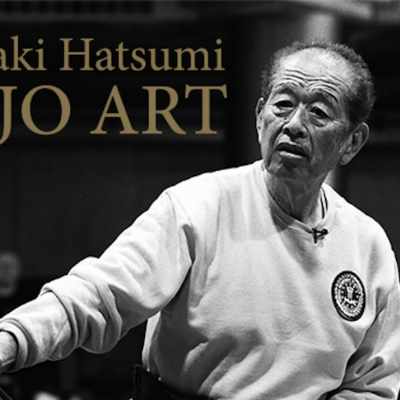There was an interesting topic in a Bujinkan Facebook Group that someone posted: “What exactly constitutes what is part of Bujinkan?”
The Bujinkan is usually defined as the collection of nine ryuha that connect to the Iga and surrounding areas of Japan.
That is a very dictionary definition. Those with experience in the art realize that it also involves following the explorations of Hatsumi Sensei in the wider context of Budo.
While there is an allure to studying something that connects to the fuedal battlefield of Japan, there’s also the desire to learn something that continues to be practical. And Hatsumi sensei has continued to evolve in his Taijutsu well beyond the replication of specific gata.
This has caused the Bujinkan to become much more amorphous and harder to define.
So can we draw clear boundaries for the Bujinkan?
I say yes.
When studying any type of budo, we must remember that the kata themselves only serve the purpose of illustrating a concept or principle. And principles can extend far beyond the ryuha that encapsulates them. But not all principles are universal, and some are more important in some systems rather than others. And even still, some principles conflict.
The principles within the ryuha of the Bujinkan create this outline where we can begin to see the silhoutte of what the Bujinkan is. And Hatsumi Sensei is constantly pushing the boundaries of those principles as he evolves as a practitioner.
Let’s look at the currently popular Brazilian Jiujutsu. There’s definetly principles there that overlap with the Bujinkan. Positioning. Leverage. Efficiency of movement.
But there are things in BJJ that aren’t a part of Bujinkan. For example, we avoid fighting while on the ground – instead emphasizing getting back to our feet. In historical context, there was little value in ground fighting on a battlefield where if you were on your back you were getting stabbed to death. And thus this was not emphasized in any of the ryuha studied – at least not in the manner it is in BJJ.
At the same time our Taijutsu mirrors how we fight with weapons, while BJJ is not concerned with training it’s practitioners in weapons fighting.
This means there are certain principles that make each slightly in-congruent with the other. Or at minimum cover areas the other didn’t consider or deem worth focusing on.
The same can be said for other Bukijutsu arts. For example, there is a Bujinkan teacher who teaches Eishin Itto Ryu Kenjutsu, a Japanese sword school, as part of his “Bujinkan” curriculum. While there’s nothing wrong with teaching that sword school, and it seems it has many of the elements we study , it still shouldn’t be “mixed in” or presented as part of what we do.
Why?
Because to do so presents conflict and creates confusion of core principles. We emphasize blading the torso significantly, while it seems less so in Eishin Ryu. The weapons likely have different specifications. The emphasis on offense versus defense may be different. One may prioritize speed over the other. Or distance. Or angling. Or slashing vs stabbing. Etc.
Not to mention it’s simply dishonest. Akin to plagiarism.
By stating you are teaching Bujinkan Budo Taijutsu, you are making the explicit promise that you are teaching the material that connects to those specific ryuha and principles of Soke Masaaki Hatsumi.
It also means that you as the teacher can be verified to some degree as being qualified to teach it.
Otherwise, you could use a cursory knowledge of another art and pretend that you learned it to a meaningful degree – masking it under the banner of Bujinkan.
The word for that is fraud.
Does that mean that BJJ and other Sword arts aren’t worth studying? Of course not. But these arts are outside the purview of the ryuha of the Bujinkan, and possibly it’s principles.
In fact this may be why they are worth studying.
Other arts provide additional perspective for the practitioner, and inform us about the nature of our art, it’s scope and limitations.
But they are not the Bujinkan. And shouldn’t be presented as such.
This is what Hatsumi sensei has done. He studied many different arts – many to their highest levels of proficiency – and utilized that experience for insight into the principles of OUR arts. He has used that insight to dive deeper into the principles encapsulated within these nine ryuha attempting to transcend the art itself.
However, we must remember that Hatsumi sensei is a Soke – so if he decides to add or remove elements, he could. He had that privilege that we as practitioners do not. As the Soke, you become the steward of the art, and can shape the boundaries that encapsulate it.
But as soon as you start mixing other arts without clear boundaries, you have created something new. And assuming you have sufficient understanding of those ingredients, what you create might very well be great. But it’s no longer Bujinkan.
Unless of course you’re the Soke.

